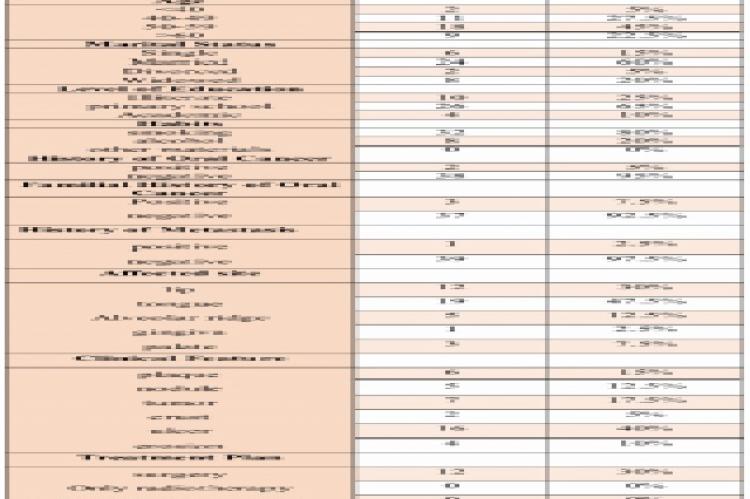Squamous cell carcinoma (SCC) of head and neck is a major health problem worldwide. It is the most prevalent oral malignancy in Iran as well as other geographic regions. Therefore the purpose of conducting this study was to sum up and summarize the existing data and determine the prevalence of Oral SCC (OSCC) in a referral center of medical faculty. 30000 records of patients referred to an academic dermatologic clinic were analyzed and their information was categorized in order to get to a general view of this high prevalent malignancy.40 (0.13%) patients were diagnosed with OSCC: 27 ( 67.5%) male and 13 (32.5%) female with the mean age of 57.5, the most prevalent affected site was tongue: 19 cases ( 47.5%), the most common feature was ulcer: 16 cases (40%), 32 cases (80%) of the patients were smoker and positive familial history was seen in 3cases (7.5%) of patients. 26 cases (65%) had studied up to primary school. combination therapy was the principle treatment plan which had been performed in 28 cases (70%) . By gathering the existing data of OSCC comprehensive information regarding age, gender, education, site, risk factors, clinical manifestations, therapeutic options, curative modalities, prognosis and survival is gained and a valuable aid in early detection can be achieved.
View:
- PDF (449.91 KB)


